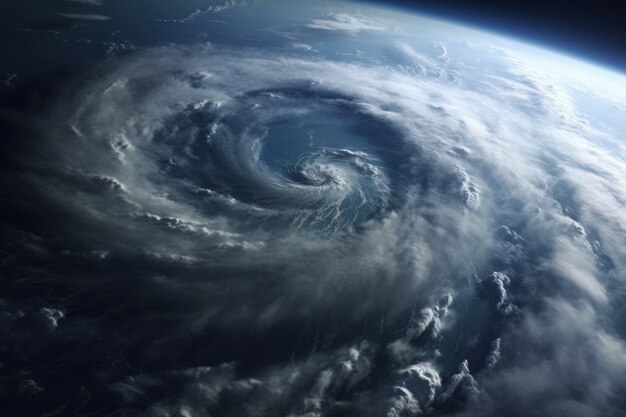In December 2023, Tropical Cyclone Jasper unleashed unprecedented rainfall and flooding across Far North Queensland, leaving a lasting impact on the region. Let’s delve into the origins, path, and aftermath of this historic cyclone.
Formation and Intensification
tropical cyclone jasper began as a low-pressure system in the South Pacific Ocean on December 2, 2023. Initially slow to develop, it tracked southwestward, entering the Australian region. By December 5, the Australian Bureau of Meteorology (BoM) classified it as a Category 1 tropical cyclone, naming it Jasper. Benefiting from warm sea surface temperatures and low wind shear, Jasper rapidly intensified, reaching Category 5 status by December 7, with sustained winds of 215 km/h (130 mph).
Path and Landfall
After peaking in intensity, Jasper encountered increasing wind shear, leading to gradual weakening. On December 13, it made landfall near Wujal Wujal in Far North Queensland as a Category 2 cyclone. Despite its reduced wind speeds, Jasper’s slow movement resulted in prolonged heavy rainfall, causing significant flooding.
Record-Breaking Rainfall
Jasper’s most notable impact was its extraordinary rainfall. Bairds, near the Daintree River, recorded a staggering 2,252 mm of rain, making Jasper the wettest tropical cyclone in Australian history, surpassing Cyclone Peter of 1979.
Impact and Damage
The relentless downpour led to widespread flooding, isolating communities, causing power outages, and severely affecting agriculture and tourism. The Insurance Council of Australia estimated damages at approximately AU$1 billion (US$670 million).
Recovery Efforts
In response to the devastation, 13 local government areas in Queensland were activate for disaster assistance under the joint State and Commonwealth Disaster Recovery Funding Arrangements (DRFA). Efforts focused on restoring infrastructure, supporting affected individuals and businesses, and enhancing future resilience.
Conclusion
Tropical Cyclone Jasper unprecedented rainfall and the resulting floods underscore the importance of preparedness and resilience in the face of natural disasters. As climate patterns evolve, understanding and mitigating the impacts of such extreme weather events become increasingly crucial.
Frequently Asked Questions
1. What was the peak intensity of Cyclone Jasper?
Cyclone Jasper reached Category 5 status with sustained winds of 215 km/h (130 mph) on December 7, 2023.
2. Where did Cyclone Jasper make landfall?
Jasper made landfall near Wujal Wujal in Far North Queensland on December 13, 2023, as a Category 2 cyclone.
3. How much rainfall did Cyclone Jasper produce?
The cyclone brought record-breaking rainfall, with Bairds near the Daintree River recording 2,252 mm, making it the wettest tropical cyclone in Australian history.
4. What were the estimated damages caused by Cyclone Jasper?
The Insurance Council of Australia estimated the damages at approximately AU$1 billion (US$670 million).
5. How did authorities respond to Cyclone Jasper’s impact?
Thirteen local government areas were activated for disaster assistance under the DRFA to support recovery and resilience efforts.
6. Has the name ‘Jasper’ been retired from future cyclone naming lists?
Yes, due to its significant impact, the name ‘Jasper’ was retired and replaced with ‘Julian’ for future seasons.




